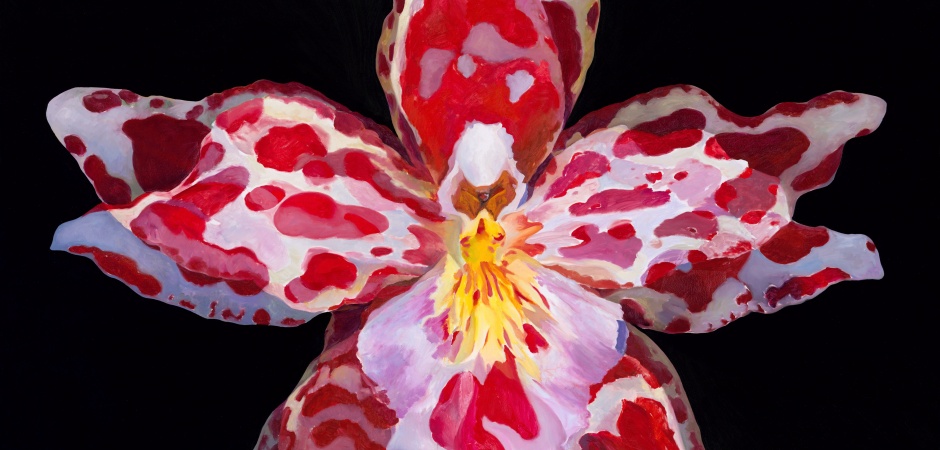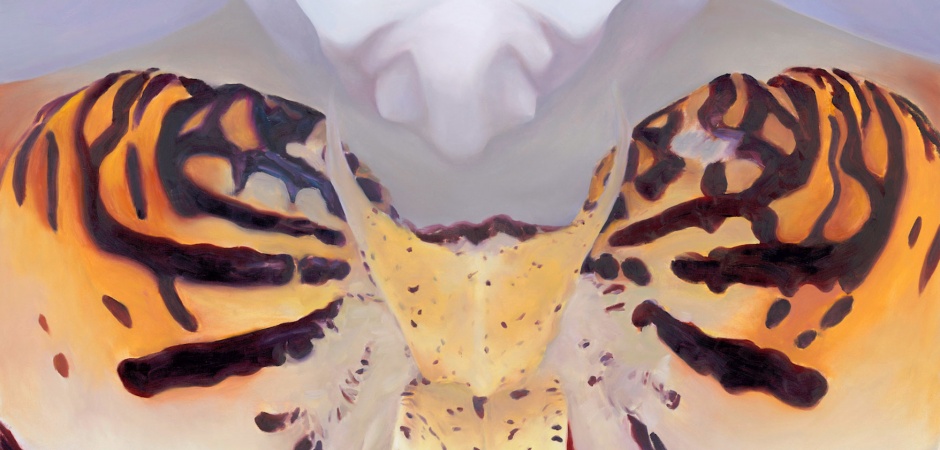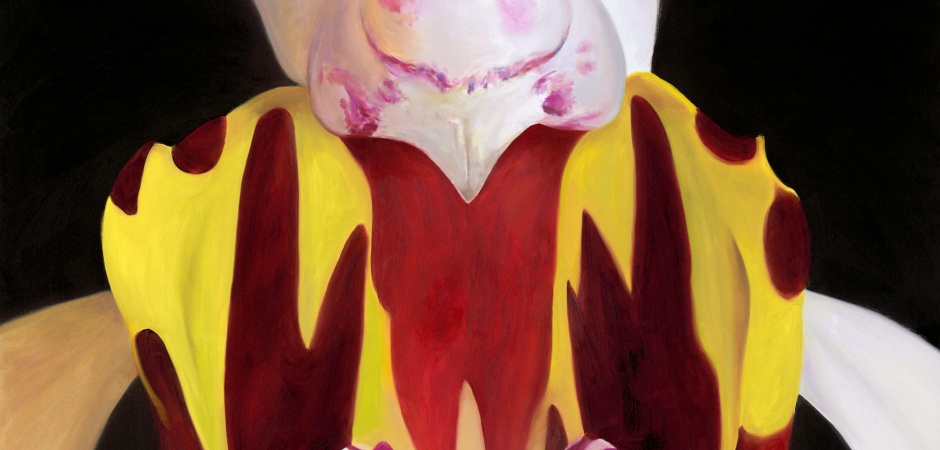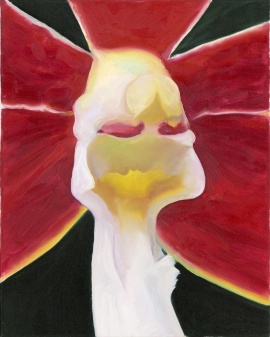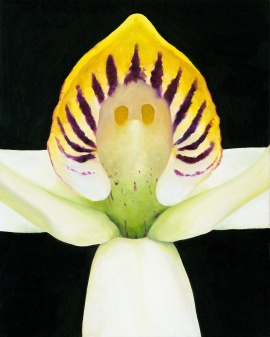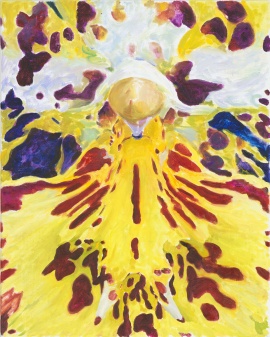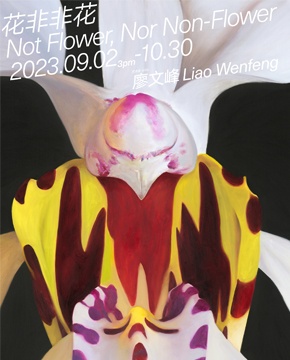Inna Art Space is delighted to announce that on September 2nd, 2023, at 3 pm, we will present the solo exhibition of artist Liao Wenfeng titled "Not Flower, Nor Non-Flower" at our Hangzhou location. This exhibition will feature a series of oil and watercolor paintings by Liao Wenfeng, inspired by the imagery of the "orchid".
In traditional Chinese imagery and knowledge systems, the "orchid" holds significant references and is often associated with rhetoric methods, such as inspiration, virtue comparison, or symbolizing individuals. The metaphor of "Not Flower" first appeared in Bai Juyi's poetry. On one hand, it incorporates ancient Indian philosophy, advocating for freedom by stripping objects of their linguistic and figurative attachments. On the other hand, it encapsulates a typically Chinese expression of ambiguity, harking back to the aesthetic pleasure derived from sensory ambiguity. In Liao Wenfeng's series, while the orchid doesn't carry a moral analogy, under the artist's gaze, it exudes a pronounced "portrait" quality. When the flower is the subject of intense observation, its existence transcends the moment of scrutiny. As a result, the flower's existence becomes malleable, intertwining its perspective with human perception. While it seems the flower assumes a human quality, it's more about humanity recognizing its own uncertainties.
Liao Wenfeng's works often delve into the paradoxes of image and perception, utilizing optical illusions and wordplay. Regarding the exhibition title "Not Flower, Nor Non-Flower", Liao Wenfeng presents two contrasting interpretations: "The flower is not a non-flower" and "The flower must indeed be a non-flower". By using double negation, he crafts a dual paradox surrounding the flower. This series originated from his casual observation of an orchid at home: the center of the flower, combined with its patterns, eerily resembled a skull – a "hidden portrait". In these "portraits", viewers often sense a gaze emanating from an abyss – an emotionless, objective stare. This feeling is accentuated because one can't discern any "gaze" from their "eyes", similar to how we perceive the hollow shadows in eye cavities of a skull.
Flowers are commonly symbols of vitality. However, in Dutch classical still life paintings, the depiction of flies amid the blooming flowers and fruits serves as a stark reminder of decay and the relentless march of time. In Baroque "Vanitas" paintings, different items hold distinct symbolic meanings. While flowers represent life, books or globes symbolize knowledge, and crowns and jewelry epitomize power and affluence. Amid the cluttered tableau, a skull stands as a testament to the inexorable passage of time, challenging viewers to contemplate their dealings in life's ephemeral nature. Here, the skull acts as an intermediary, aligning the viewer's reflection with its own, a trait rooted in the skull's duality as both still life and portrait. In the Eastern visual tradition, the skull, as a significant symbol of "impure observation", isn't merely a reminder of time's transience. Its primary purpose is to invoke disdain for the superficialities of the real world and an overarching rejection of mundane values and aesthetics. Conversely, the orchid's imagery has always encapsulated humanity's introspection of its ties with society. In this tradition, solidifying one's relationship with the mundane world affirms ultimate values.
These nearly symmetrical patterns and spontaneous blotches inevitably evoke comparisons to the Rorschach inkblot test, a personality assessment technique conceived by Swiss psychiatrist Hermann Rorschach. Analogous to the Rorschach inkblot test, viewers will invariably discern familiar figures in these paintings, yet the emotional resonance these figures stir can rarely be aptly expressed in words. Through these artworks, the artist endeavors to categorize, sequence, and stabilize these "portraits". By choosing the orchid as his muse, his works strive to bridge diverse realms and knowledge through the medium of art. Liao Wenfeng has previously hosted exhibitions at Inna Art Space, such as "Water without A Glass" (2019), "Eyes Moving A Pencil" (2018), and " A Circle, But Not Round" (2017). Reflecting upon these exhibitions and their narratives, it becomes evident that the artist doesn't merely depict contradictions and absurdities through seemingly logical representations. Instead, he underscores concealed "trajectories" through the tension between opposites, illuminating relationships that were once shrouded in obscurity.
The exhibition will continue until October 30th, 2023.
fold
